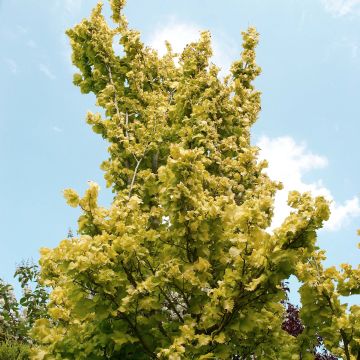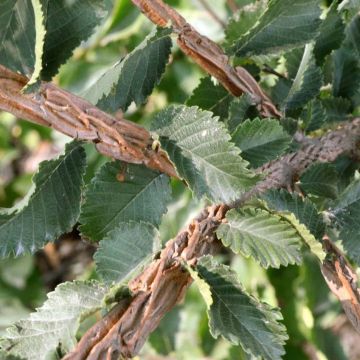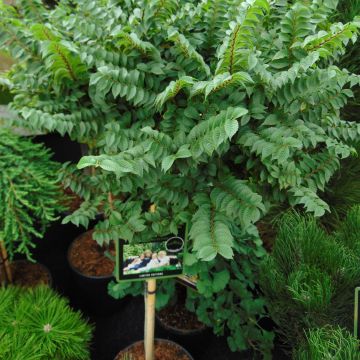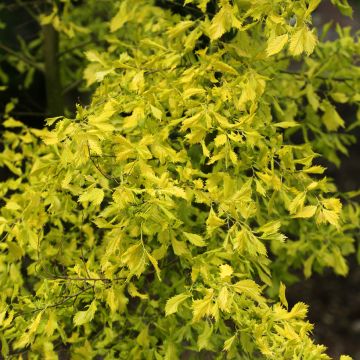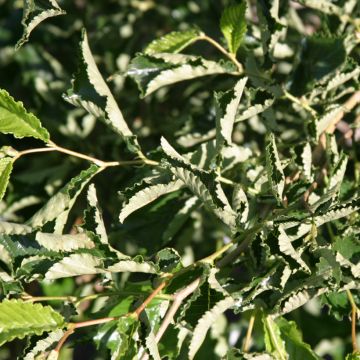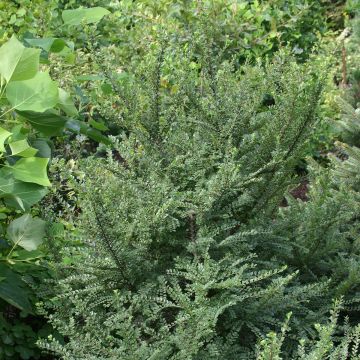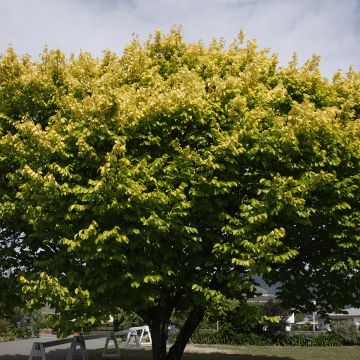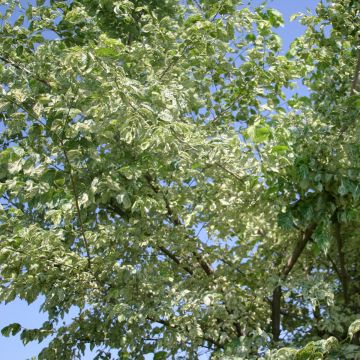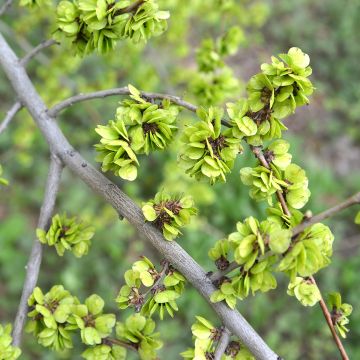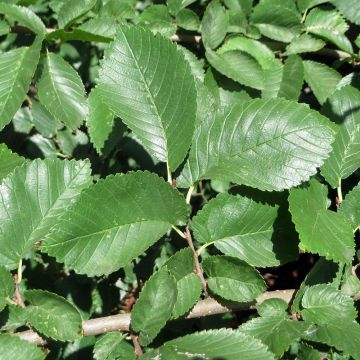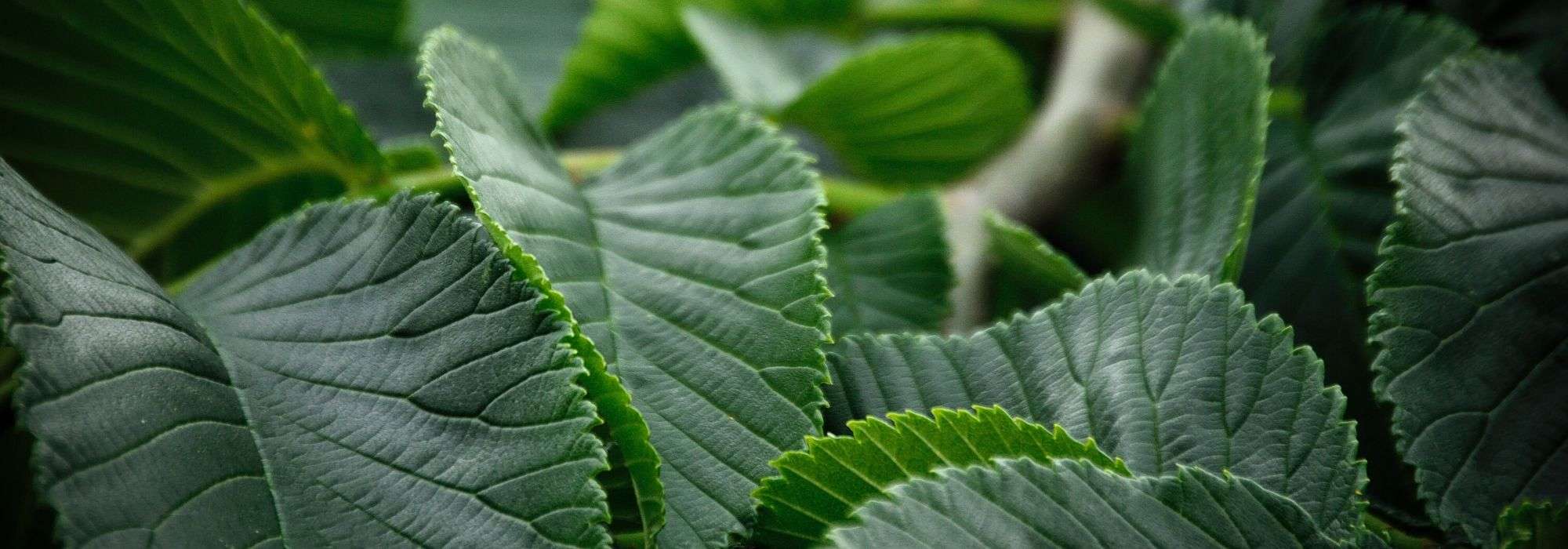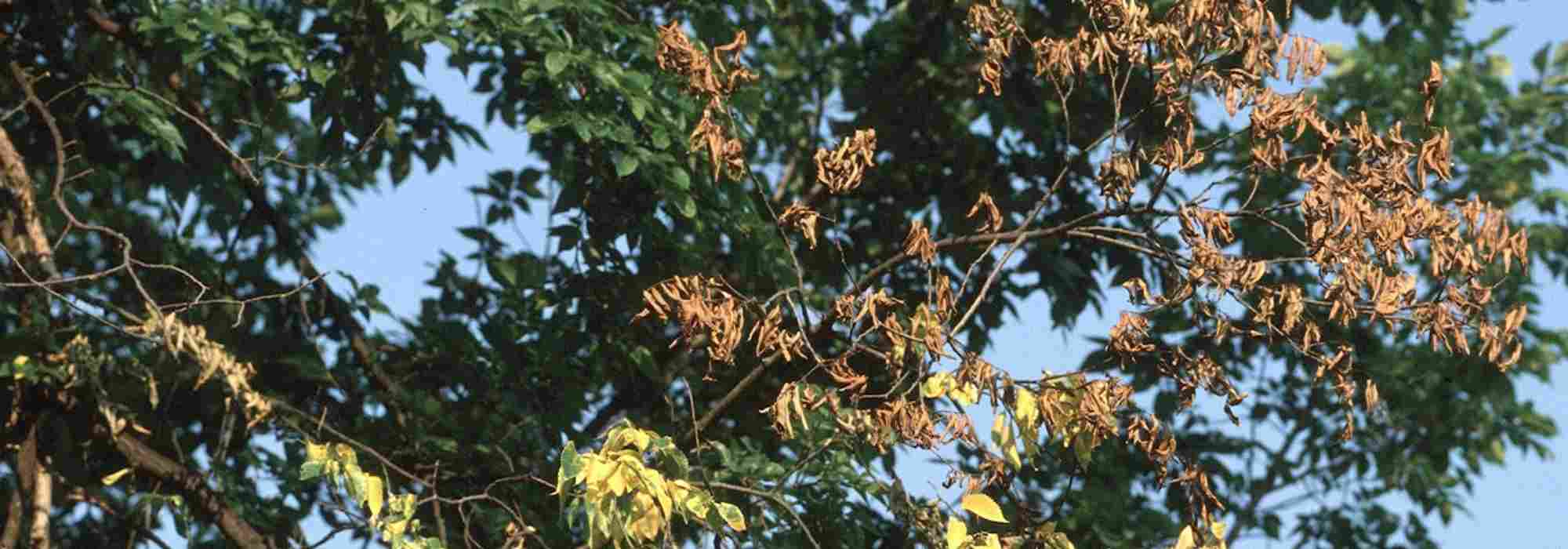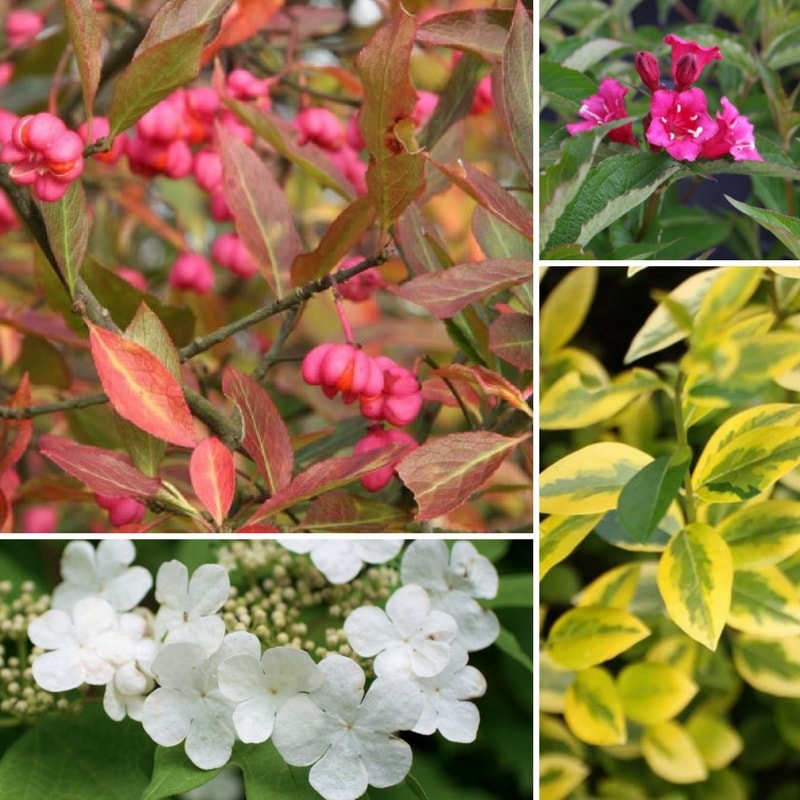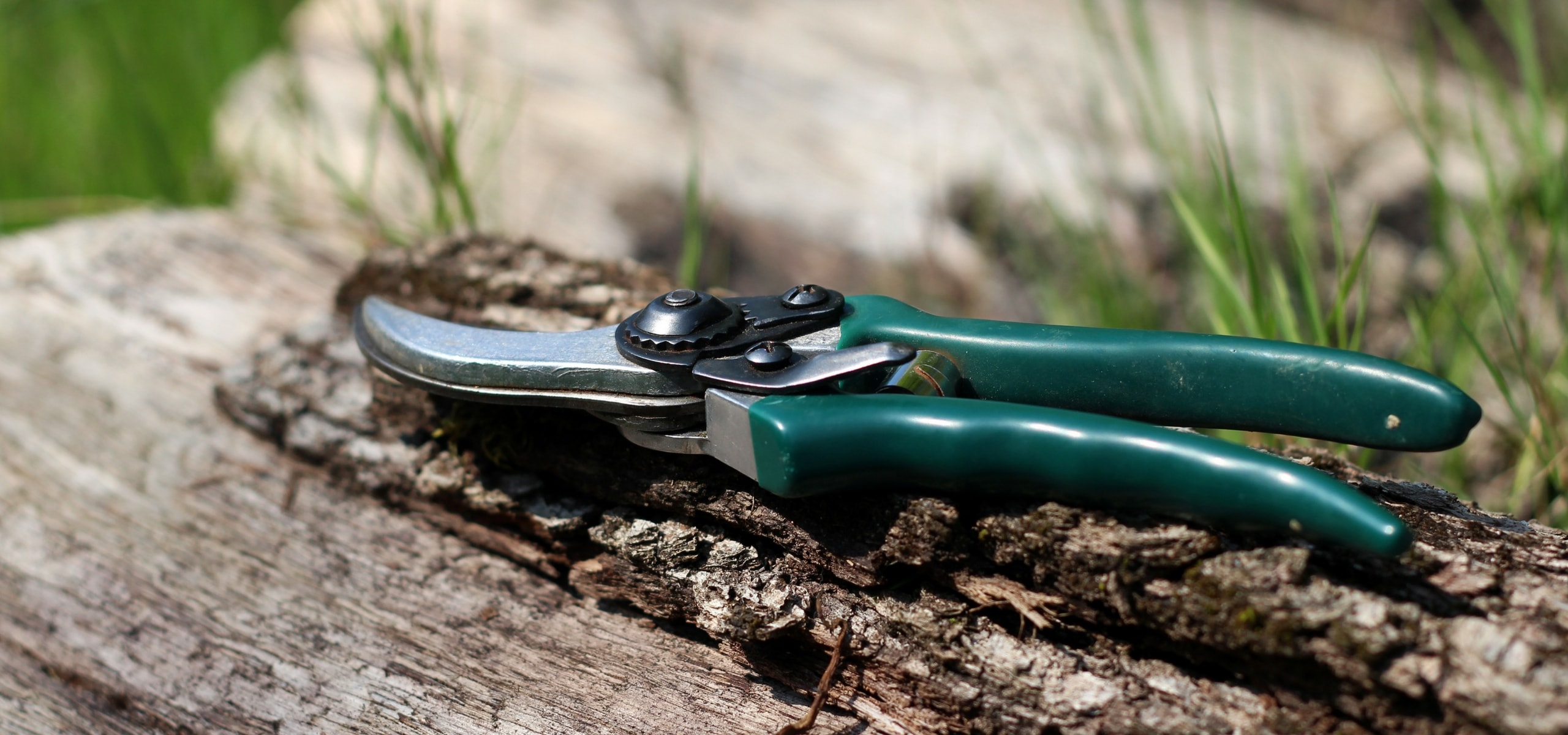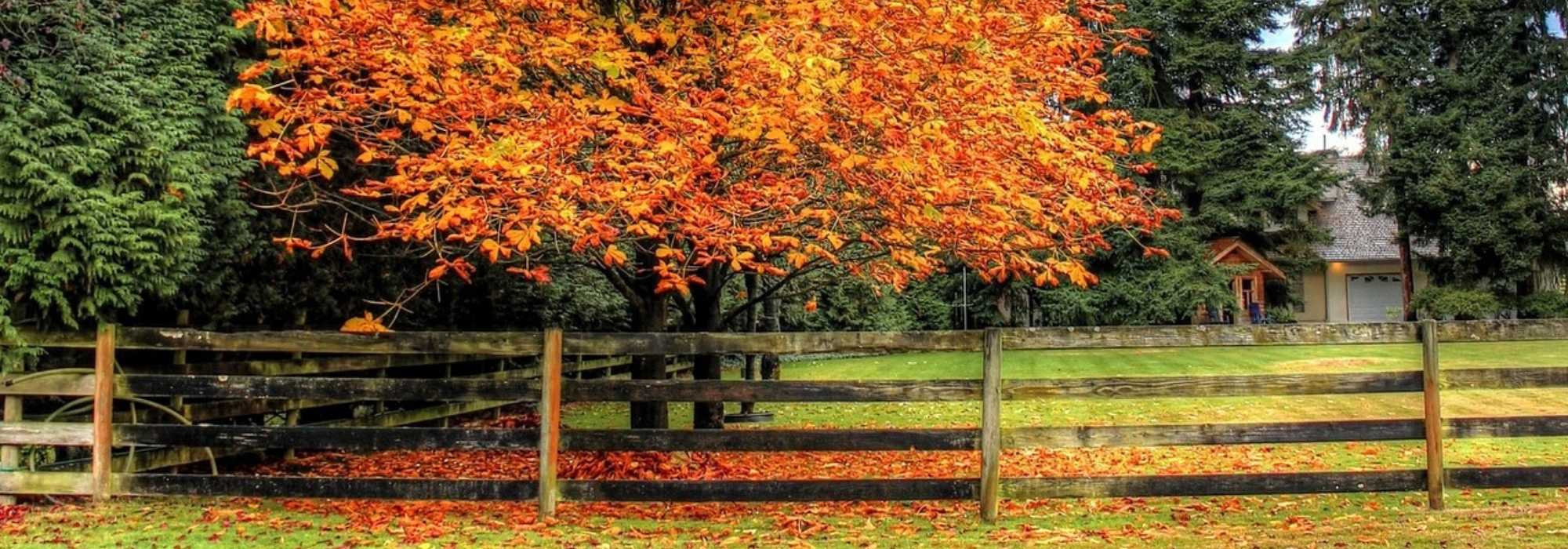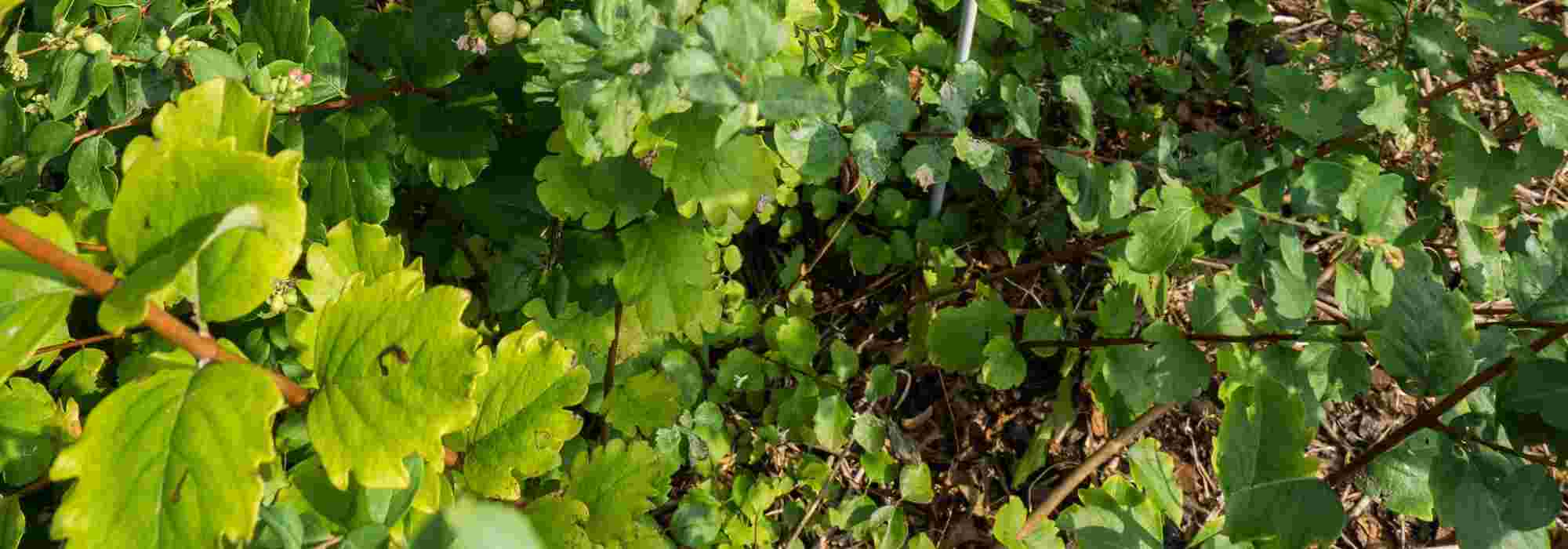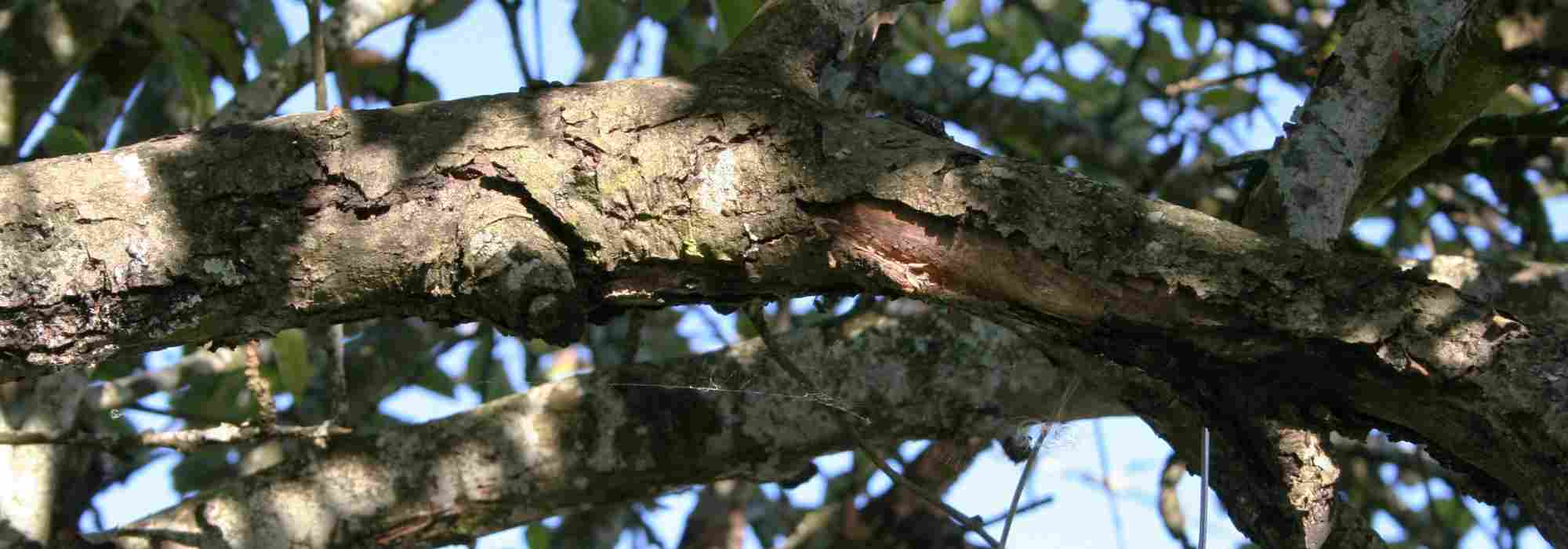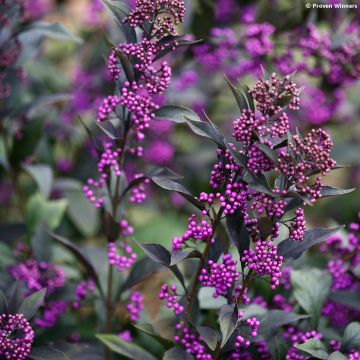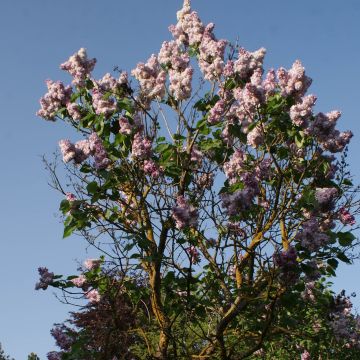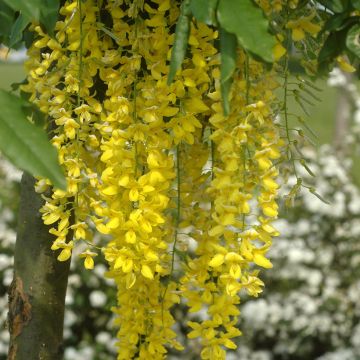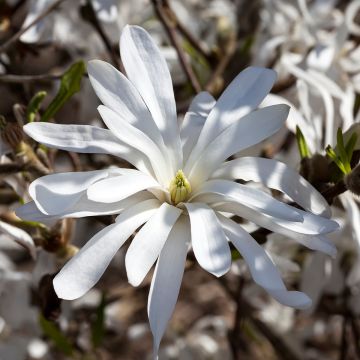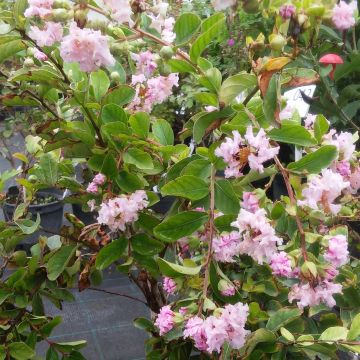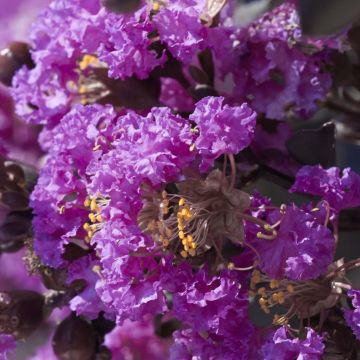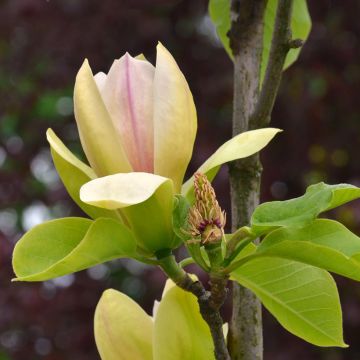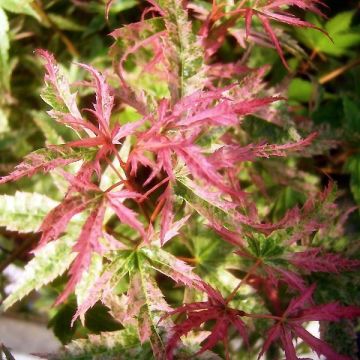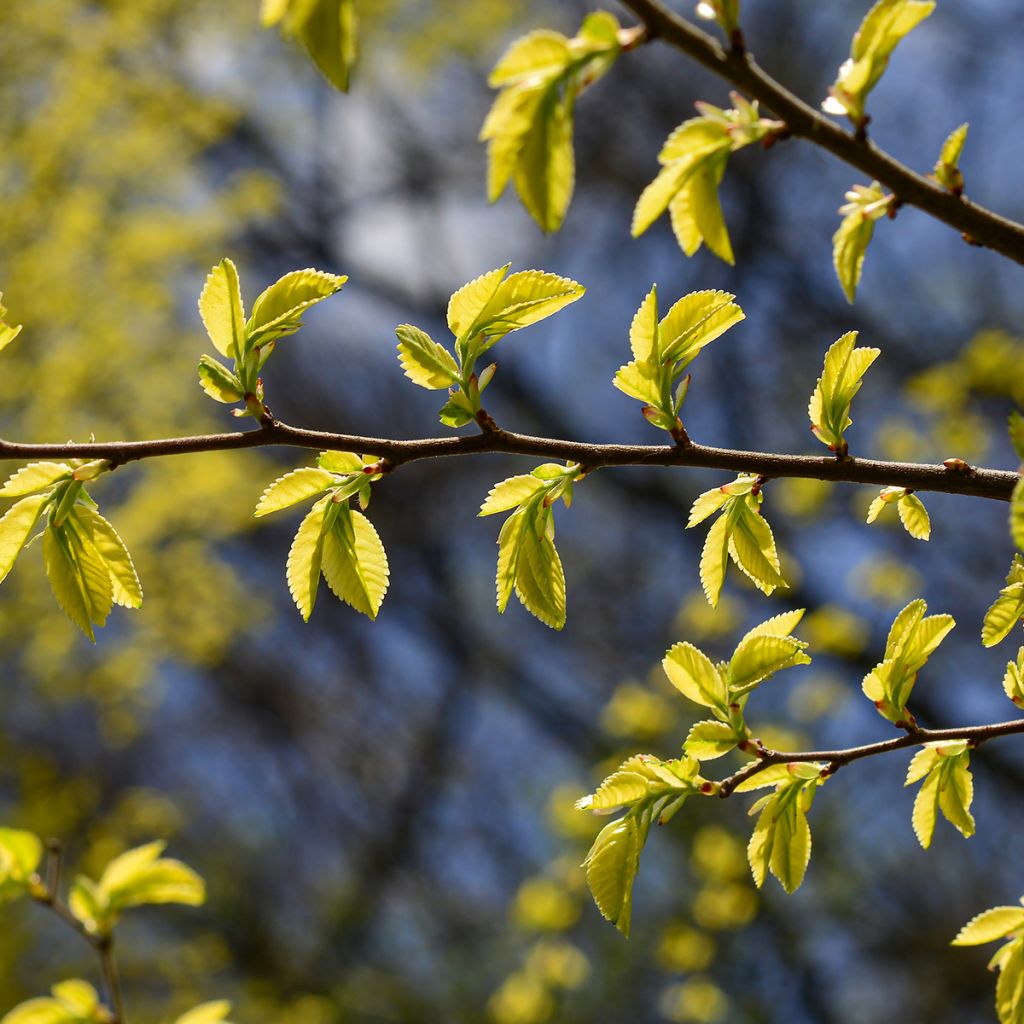

Ulmus parvifolia Geisha - Chinese Elm
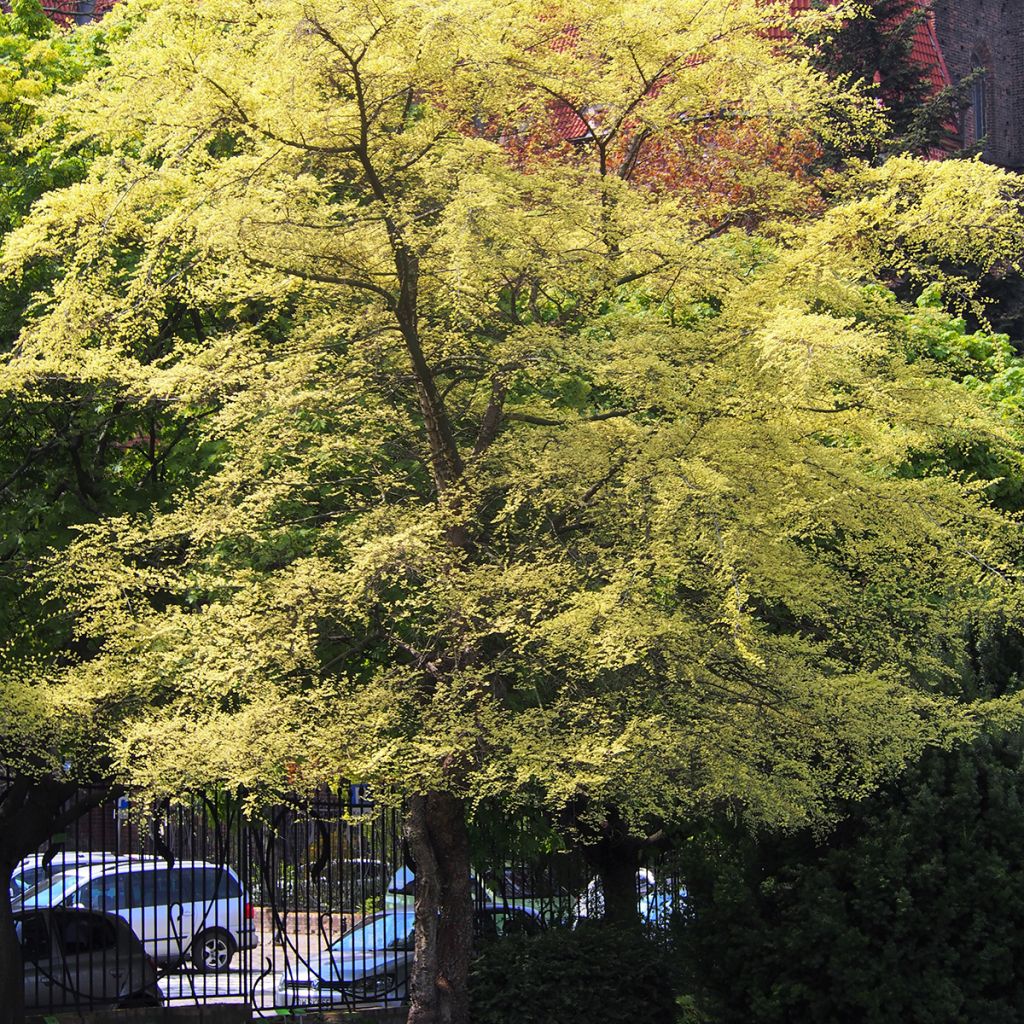

Ulmus parvifolia Geisha - Chinese Elm
Ulmus parvifolia Geisha - Chinese Elm
Ulmus parvifolia Geisha
Chinese Elm, Lacebark Elm
Special offer!
Receive a €20 voucher for any order over €90 (excluding delivery costs, credit notes, and plastic-free options)!
1- Add your favorite plants to your cart.
2- Once you have reached €90, confirm your order (you can even choose the delivery date!).
3- As soon as your order is shipped, you will receive an email containing your voucher code, valid for 3 months (90 days).
Your voucher is unique and can only be used once, for any order with a minimum value of €20, excluding delivery costs.
Can be combined with other current offers, non-divisible and non-refundable.
Why not try an alternative variety in stock?
View all →This plant carries a 24 months recovery warranty
More information
We guarantee the quality of our plants for a full growing cycle, and will replace at our expense any plant that fails to recover under normal climatic and planting conditions.
Does this plant fit my garden?
Set up your Plantfit profile →
Description
Ulmus parviflora Geisha or Ulmus parvifolia var. nana variegata is a compact Elm with small leaves and slow growth. Over time, it forms a small tree that is 3m in height and width, notable for its decorative foliage. The very small leaves display a very pronounced cream-white variegation in spring, giving a bright appearance. It prefers to grow in moist and humus-bearing soil, but can also adapt to acidic and moderately alkaline soils. It is resistant to pollution and compact, making it a useful tree for small urban gardens.
Ulmus parvifolia, or Chinese Elm, belongs to the Ulmaceae family, like Mediterranean Hackberry (Celtis) or Zelkova (False Siberian Elm). It is native to Asia, where it can be found from China to Japan, Taiwan, and Korea. In its native habitat, it is a semi-evergreen tree that can reach over 20m in height, with a relatively slow growth rate (about 5m in 20 years). It bears small leaves, which give it its species name (parvus = small in Latin, and folia = leaf), and before they eventually fall late in the season, they turn red. This Elm, introduced to Europe in 1794, has proven to be highly resistant to Dutch Elm Disease.
The Geisha variety has a much smaller growth, reaching only 2m in height after 10 years of planting, and at maturity, it rarely exceeds 3m in height and spread. However, although its dimensions are those of a large shrub, its form is truly that of a tree with a crown carried by a trunk, often branching low into several main branches. When young, it often has an irregular habit, or even a slightly unbalanced one, as the branches tend to grow in all directions, but not always with the same vigour. As it ages, the branching becomes denser and the crown eventually becomes more disciplined, finding a more pleasing balance. The branches bear twigs that are usually arranged in a single plane, somewhat resembling a fishbone. This also explains the somewhat quirky appearance of the plant when the branches are not yet very numerous. As the tree fills out, it takes on a geometric and original architectural look, which is quite ornamental. A similar silhouette can be found in the Nothofagus, or Southern Beech, which also has miniature leaves but a more imposing stature.
Another advantage of this compact tree lies in its foliage. The oval leaves, with toothed edges, are very small, measuring only 2 to 3cm in length on average, which explains the species' popularity among bonsai enthusiasts. In spring, they display a wide cream-white variegation, with some leaves even emerging entirely white. The tree then has a very bright appearance and illuminates the garden with its presence, particularly on cloudy days. As it ages, the variegation gradually fades and only persists as a border around the leaf, while the green part tends to darken. The flowering occurs in April-May, with small insignificant yellow flowers, followed by small fruits that are equally unremarkable in terms of decoration.
Withstanding cold temperatures down to at least -28°C, and highly tolerant of urban pollution, Geisha is the ideal tree for small urban gardens. Moreover, it adapts to most soils, as long as they are not too dry, and proves to be easy to cultivate. It can be integrated into a flowerbed, taking care to leave it some space so that it is not overshadowed by faster-growing plants. A Sambucus nigra Straight Laced will form a nearly black-purple column next to it, contrasting with the white variegation. This Elderberry is also remarkable for its highly dissected foliage and its spring flowering in large clusters of light pink. To continue with colorful foliage, Heuchera Cherry Cola will be perfect as a border at the base of the Elm, with its leaves displaying astonishing colours ranging from copper to reddish and milk chocolate, while its cherry-red flowering further enhances its appeal from May to July. In the background, a Viburnum lucidum will provide a dark green screen that highlights the variegated green of Geisha. This little known, evergreen Viburnum offers abundant white flowering in May-June, and curiously turns red-purple in autumn, like a deciduous shrub!
Plant habit
Flowering
Foliage
Botanical data
Ulmus
parvifolia
Geisha
Ulmaceae
Chinese Elm, Lacebark Elm
Ulmus parvifolia var. nana variegata
Cultivar or hybrid
Other Ulmus - Elm
View all →Planting and care
Ulmus parvifolia Geisha is best planted in autumn or spring in a regular to humus-bearing soil, from acidic to not too chalky and well-drained. While it prefers moist soil, it can tolerate drier land. It is very resistant to cold, but choose a location that is not too windy in winter. Due to its compactness and good resistance to urban pollution, this small tree is particularly suitable for planting in small urban gardens. Dig a hole 50 cm wide and deep, and mix planting compost with the existing soil (about 50/50). Soak the root ball in a bucket of water for fifteen minutes to thoroughly saturate it, then position it in the planting hole, backfill around it, and water abundantly. Planting in autumn is recommended, as the plant will benefit from winter rain. Water regularly for the first two years to ensure good root growth, after which it can tolerate dry periods.
In the 70s, an epidemic of Dutch elm disease severely reduced the population of elms in Europe. Following this event, a monitoring program was put in place. The disease is caused by a fungus called Dutch elm disease (a fungal disease) that is transmitted by a beetle called the elm bark beetle. The first symptoms appear on a branch of the canopy and are wilting and curling of the leaves during the growing season. Fortunately, this variety of elm is highly resistant to Dutch elm disease and is not attacked by the elm leaf beetle, a beetle that causes a lot of damage to other species of elms.
Planting period
Intended location
Care
Planting & care advice
This item has not been reviewed yet - be the first to leave a review about it.
Similar products
Haven't found what you were looking for?
Hardiness is the lowest winter temperature a plant can endure without suffering serious damage or even dying. However, hardiness is affected by location (a sheltered area, such as a patio), protection (winter cover) and soil type (hardiness is improved by well-drained soil).

Photo Sharing Terms & Conditions
In order to encourage gardeners to interact and share their experiences, Promesse de fleurs offers various media enabling content to be uploaded onto its Site - in particular via the ‘Photo sharing’ module.
The User agrees to refrain from:
- Posting any content that is illegal, prejudicial, insulting, racist, inciteful to hatred, revisionist, contrary to public decency, that infringes on privacy or on the privacy rights of third parties, in particular the publicity rights of persons and goods, intellectual property rights, or the right to privacy.
- Submitting content on behalf of a third party;
- Impersonate the identity of a third party and/or publish any personal information about a third party;
In general, the User undertakes to refrain from any unethical behaviour.
All Content (in particular text, comments, files, images, photos, videos, creative works, etc.), which may be subject to property or intellectual property rights, image or other private rights, shall remain the property of the User, subject to the limited rights granted by the terms of the licence granted by Promesse de fleurs as stated below. Users are at liberty to publish or not to publish such Content on the Site, notably via the ‘Photo Sharing’ facility, and accept that this Content shall be made public and freely accessible, notably on the Internet.
Users further acknowledge, undertake to have ,and guarantee that they hold all necessary rights and permissions to publish such material on the Site, in particular with regard to the legislation in force pertaining to any privacy, property, intellectual property, image, or contractual rights, or rights of any other nature. By publishing such Content on the Site, Users acknowledge accepting full liability as publishers of the Content within the meaning of the law, and grant Promesse de fleurs, free of charge, an inclusive, worldwide licence for the said Content for the entire duration of its publication, including all reproduction, representation, up/downloading, displaying, performing, transmission, and storage rights.
Users also grant permission for their name to be linked to the Content and accept that this link may not always be made available.
By engaging in posting material, Users consent to their Content becoming automatically accessible on the Internet, in particular on other sites and/or blogs and/or web pages of the Promesse de fleurs site, including in particular social pages and the Promesse de fleurs catalogue.
Users may secure the removal of entrusted content free of charge by issuing a simple request via our contact form.
The flowering period indicated on our website applies to countries and regions located in USDA zone 8 (France, the United Kingdom, Ireland, the Netherlands, etc.)
It will vary according to where you live:
- In zones 9 to 10 (Italy, Spain, Greece, etc.), flowering will occur about 2 to 4 weeks earlier.
- In zones 6 to 7 (Germany, Poland, Slovenia, and lower mountainous regions), flowering will be delayed by 2 to 3 weeks.
- In zone 5 (Central Europe, Scandinavia), blooming will be delayed by 3 to 5 weeks.
In temperate climates, pruning of spring-flowering shrubs (forsythia, spireas, etc.) should be done just after flowering.
Pruning of summer-flowering shrubs (Indian Lilac, Perovskia, etc.) can be done in winter or spring.
In cold regions as well as with frost-sensitive plants, avoid pruning too early when severe frosts may still occur.
The planting period indicated on our website applies to countries and regions located in USDA zone 8 (France, United Kingdom, Ireland, Netherlands).
It will vary according to where you live:
- In Mediterranean zones (Marseille, Madrid, Milan, etc.), autumn and winter are the best planting periods.
- In continental zones (Strasbourg, Munich, Vienna, etc.), delay planting by 2 to 3 weeks in spring and bring it forward by 2 to 4 weeks in autumn.
- In mountainous regions (the Alps, Pyrenees, Carpathians, etc.), it is best to plant in late spring (May-June) or late summer (August-September).
The harvesting period indicated on our website applies to countries and regions in USDA zone 8 (France, England, Ireland, the Netherlands).
In colder areas (Scandinavia, Poland, Austria...) fruit and vegetable harvests are likely to be delayed by 3-4 weeks.
In warmer areas (Italy, Spain, Greece, etc.), harvesting will probably take place earlier, depending on weather conditions.
The sowing periods indicated on our website apply to countries and regions within USDA Zone 8 (France, UK, Ireland, Netherlands).
In colder areas (Scandinavia, Poland, Austria...), delay any outdoor sowing by 3-4 weeks, or sow under glass.
In warmer climes (Italy, Spain, Greece, etc.), bring outdoor sowing forward by a few weeks.






























